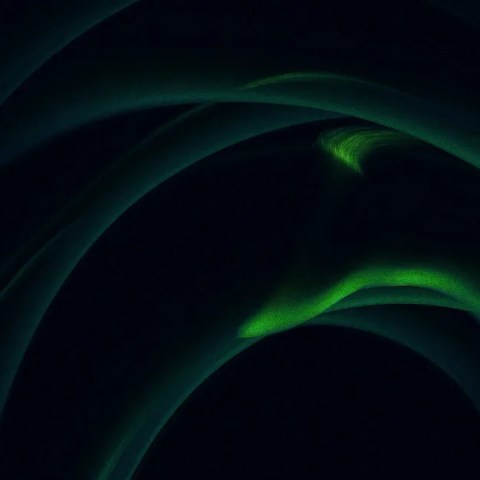New Delhi is buzzing with excitement as the Indian Knowledge Systems (IKS) division of the Ministry of Education launches a unique competition. They’re inviting students and educators to build traditional astronomical instruments based on ancient texts. This initiative aims to revive India’s impressive history in observational astronomy, a field rich with contributions from scholars like Āryabhaṭa and Nīlakanṭha Somayāji.
Ganti S. Murthy, the National Coordinator of IKS, emphasized the importance of this effort. He pointed out that while many might confuse astronomy with astrology, the former is about observing celestial bodies to learn more about our universe. Today, we often forget to look up at the night sky and take note of the stars and planets. This initiative encourages students to rekindle that curiosity.
The IKS has identified two main categories of instruments for participants to recreate. The first category includes simpler tools from ancient times, such as the Shanku—a basic sundial component—and other devices mentioned in Sanskrit texts. These tools were designed for straightforward astronomical observations. The second category consists of advanced instruments from the 18th century, like those found in the Jantar Mantar observatories. These intricate devices were renowned for their precision in measuring celestial phenomena.
Murthy believes that these instruments are still relevant today. They offer a hands-on way for students to connect with astronomy in a meaningful way.
The competition has three participant categories. Students from Grades 6 to 12 can take part in one or form teams. Undergraduate students can work in teams across institutions, while anyone, including companies, can participate in the open category. Each entry must demonstrate how the instruments function, focusing on sustainable materials when possible.
Judges will evaluate each entry based on clarity, construction feasibility, cost, and creativity. The competition will culminate in January with the top teams vying for prizes, potentially totaling up to ₹1 lakh.
Murthy mentioned that the competition is a stepping stone to promote new indigenous instruments, encouraging innovation based on historical knowledge.
This effort resonates with a growing awareness of traditional sciences globally. As we look around, there’s a rising trend on social media showcasing ancient methods and how they can be applied today. With curiosity about our educational practices, the competition reflects a wider desire to reconnect with the past while looking toward the future.
For further depth on astronomy’s rich history in India, explore this link, which discusses the contributions of ancient astronomers and how their ideas shaped our understanding of the stars today.
Source link
astronomy,Indian knowledge systems,Union Ministry of Education















:max_bytes(150000):strip_icc()/GettyImages-1319676725-0dec83b04566412db1564ee965ca1a72.jpg?w=480&resize=480,480&ssl=1)

:max_bytes(150000):strip_icc()/These-3-Celebrity-Proposals-All-Involve-Food-or-Drink-FT-BLOG0225-f09fdf170d04453d8f5fa042b1e86a8d.jpg?w=480&resize=480,480&ssl=1)




